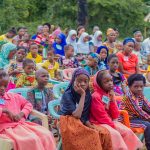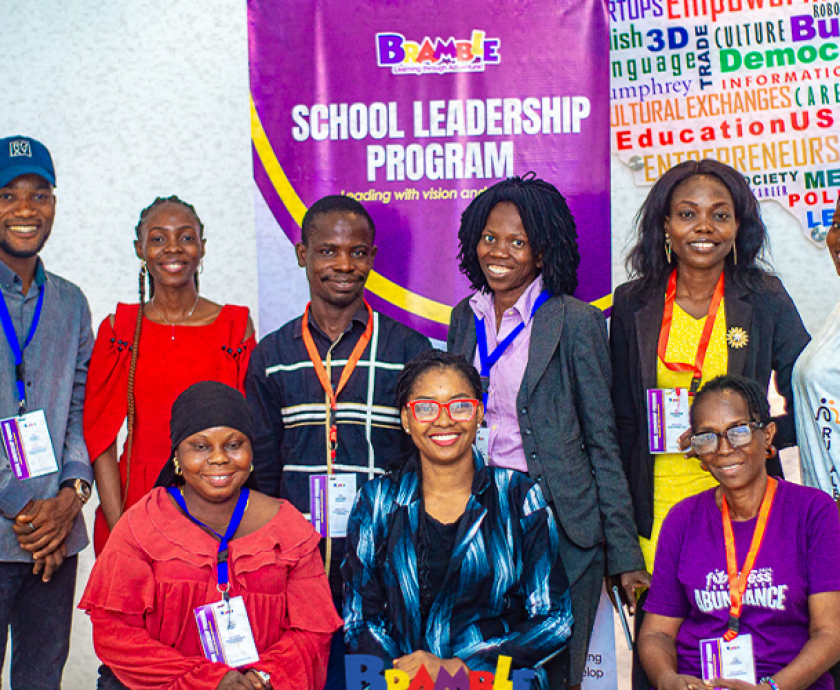In sub-Saharan Africa, approximately 32 million primary school-aged girls were out of school in 2018, with climate-related disasters being one of the contributing factors (UNESCO). During severe weather events, such as floods or storms, schools often close, affecting the continuity of education for girls. In Mozambique, for example, Cyclone Idai in 2019 damaged around 3,500 schools, impacting the education of more than 1.5 million children, particularly girls. (UNICEF).
Climate change is a global crisis that affects various aspects of human life, and one often overlooked consequence is its impact on girls’ education, particularly in rural communities. As the climate continues to change, it poses significant challenges for educators striving to provide quality education to girls in these areas. In this article, we will explore the obstacles faced by rural educators in educating girls and the ways in which climate change exacerbates these challenges. Furthermore, we will discuss practical solutions to mitigate climate change and ensure access to quality education for girls in rural communities.
Educating girls in rural communities already present numerous challenges, and climate change adds to these complexities. Some of the major hurdles faced by rural educators include limited infrastructure and resources which makes many rural communities lack proper infrastructure, including schools, classrooms, and educational resources, making it difficult to provide quality education. Deep-rooted cultural disparities, prevalent poverty, and traditional societal norms also often restrict girls’ access to education, limiting their opportunities for growth and development. It is also heart-breaking that remote areas often lack accessible learning spaces, forcing girls to travel long distances to reach educational institutions. Poor transportation infrastructure makes this commute even more challenging. This same group of people also lack access to clean water and sanitation facilities impacting their attendance in learning spaces and overall well-being.
According to the Internal Displacement Monitoring Centre, between 2008 and 2018, an estimated 9.4 million people were displaced annually in sub-Saharan Africa due to weather-related events, including floods and droughts. With the frequency of these events, girls are often disproportionately affected, leading to school closures, displacement, and interruptions in education. Climate change also disrupts agricultural patterns, leading to reduced crop yields and food scarcity. Girls are often tasked with the burden of fetching water or going into the forest to get food and firewood during these periods, which can prevent them from attending school regularly. Environmental degradation is also accelerated as a result of climate change, impacting natural resources and ecosystems. This degradation can have long-term consequences for communities, making it challenging for educators to provide a conducive learning environment.
What strategies can then be adopted to ensure access to quality education despite climate change?
For us at Bramble Network, our experience with educating children in rural communities has made us learn that to overcome the challenges posed by climate change and ensure access to quality education in rural communities, the following strategies can be implemented.
a) Climate-resilient infrastructure: Investing in climate-resilient learning spaces that are designed to withstand extreme weather events can ensure continuous education even in the face of climate challenges.
b) Community engagement and awareness: Encouraging community involvement and raising awareness about the importance of girls’ education can help challenge societal norms and address gender disparities that hinder access to education.
c) Improving transportation infrastructure: Enhancing transportation networks and implementing safe and reliable transportation options can reduce the distance and time girls have to travel to reach learning spaces.
d) Climate-smart agriculture and sustainable practices: Promoting climate-smart agricultural practices can help ensure food security, reducing the burden on girls and allowing them to focus on their education.
e) Access to clean water and sanitation: Improving access to clean water and sanitation facilities in rural schools and communities can positively impact girls’ attendance, health, and overall well-being.
To raise the standard of education, it is crucial to invest in educators, educational institutions, and research, and that summarizes our commitment at Bramble Network. In order to truly change things, we all also need to contribute to addressing the enduring disparities that keep children back. The basis for future learning is making sure all children have a good start in life, including sufficient and healthy food. It’s also crucial to create an environment where both girls and boys feel comfortable learning and have access to enough resources to study.












